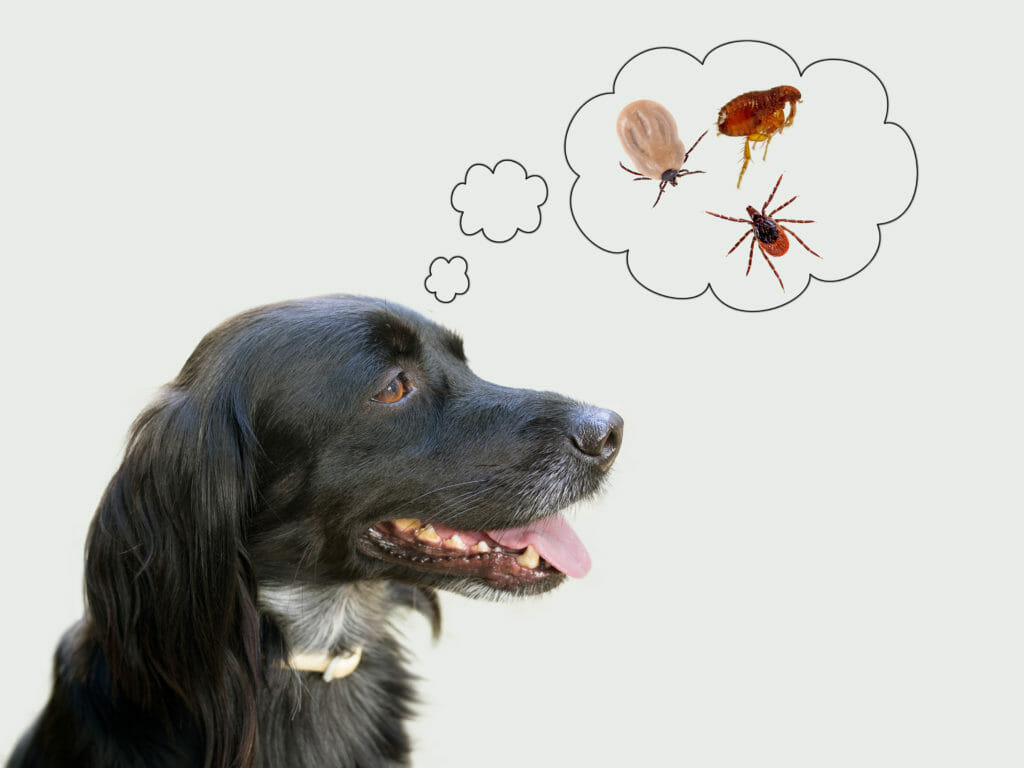Studies have shown that without dental radiographs, significant pathology and disease is missed in up to 75% of pets. Westbridge Veterinary Hospital has therefore invested in a high resolution digital dental radiograph system, and includes full mouth x-rays on every patient undergoing complete oral health exams. The purpose of this entry is to explain and outline the necessity of dental radiographs in our veterinary patients.
If a pet has succumb to an injury, for example being hit by a car, basic diagnostics are required to ensure that any ailments are detected, and treated appropriated. For example, if they are limping afterwards, an x-ray is necessary to develop a treatment plan (e.g. is there a fracture?). When a pet presents with inappetence and vomiting for an extended period of time, diagnostics such as blood testing are necessary to determine the problem, and therefore develop a treatment plan. Do you see where this is going?
Well over 2/3 or 66% of a tooth in our canine and feline patient resides underneath the gum line. This includes the majority of the important structures of a tooth. With this in mind, the reasoning for dental x-rays can be put quite simply – it is the ONLY way to examine the entire tooth and all of its inner structures. To demonstrate this thought, a 1998 study (Verstraete et al. Am J Vet Res 1998 59: 692-5), in animals with abnormal findings on oral examination, full mouth radiographs showed other undetected pathology or disease in over 50% of cases. Further, in those with no clinical findings on exam, radiographs showed clinically important pathology in 27.8% of dogs and 41.7% of cats. If you would like more information on dental radiography including many real case examples of their importance, please visit our Dental X-Ray page on our website.




